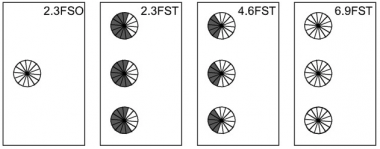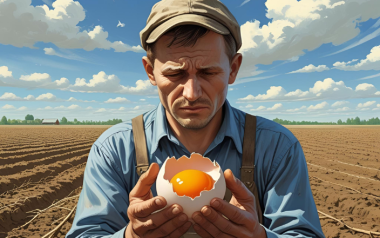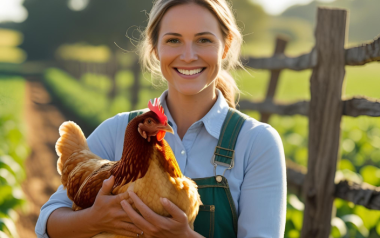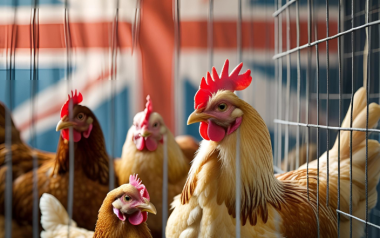“It has been described that Insufficient feeder space may cause competition, aggression, and frustration among hens and downgrade their well-being (Sirovnik et al., 2018), while excessive feeder space leads to inefficient resource utilization for hens”
18 May 2021
Is the feeder space important for broilers behavior?
In an industry where the nutrition represents about 70% of total production cost, it should be important to question, does the feeder space affect the behavior of broilers? If so, how much space should be provided to ensure animal welfare? “It has been described that Insufficient feeder space may cause competition, aggression, and frustration among hens and downgrade their well-being, while excessive feeder space leads to inefficient resource utilization for hens”
Available in other languages:
Content available at:
العربية (Arabic)
In an industry where the nutrition represents about 70% of total production cost, it should be important to question, does the feeder space affect the behavior of broilers? If so, how much space should be provided to ensure animal welfare?
Although a wide range of recommendations starting from 1.2 and up to 5.1 cm/bird have been proposed by governmental agencies, genetic companies, and scientific institutes, little research has been conducted to answer these questions. Recent reports indicate that less than 2.0 cm/bird may lower body weight but not impair feed conversion ratio. Also, some other issues related to leg defects have also been attributed to inadequate feeder space.
Using an ultra-high-frequency radio frequency identification (UHF-RIFD) system and data algorithms, researchers from the University of Mississippi have conducted an experiment to examine whether behavior of broilers is affected when using four different feeder spaces (fig. 1).
The system employed in this study, allowed the researchers to monitor and register continuously the feeding behaviors of individual broilers. The study evaluated the daily time spent at feeder, daily number of feeder visits, duration per feeder visit, hourly time spent at feeder, hourly number of feeder visits and feeder utilization rate.

Figure 1. Illustration of the experimental pens and treatments. Round objects are feeders. Dark gray areas of the feeders represent blocked feeder slots and white areas represent open feeder slots. 2.3FSO = 2.3 cm/bird feeder space with one fully open feeder shared by 45 birds in a pen; 2.3FST = 2.3 cm/bird feeder space with 3 partially blocked feeders shared by 45 birds in a pen; 4.6FST = 4.6 cm/bird feeder space with 3 partially blocked feeders shared by 45 birds in a pen; and 6.9FST = 6.9 cm/bird feeder space with 3 fully open feeders shared by 45 birds in a pen.
TO CONTINUE READING REGISTER IT IS COMPLETELY FREE
Access to articles in PDF
Keep up to date with our newsletters
Receive the magazine for free in digital version
REGISTRATION
ACCESS
YOUR ACCOUNT
LOGIN
Lost your password?






































